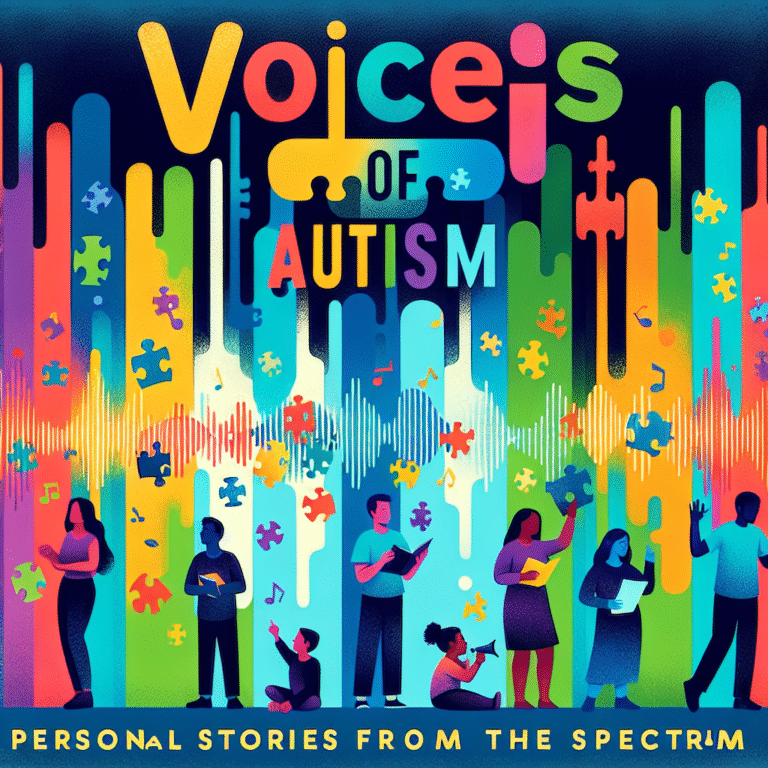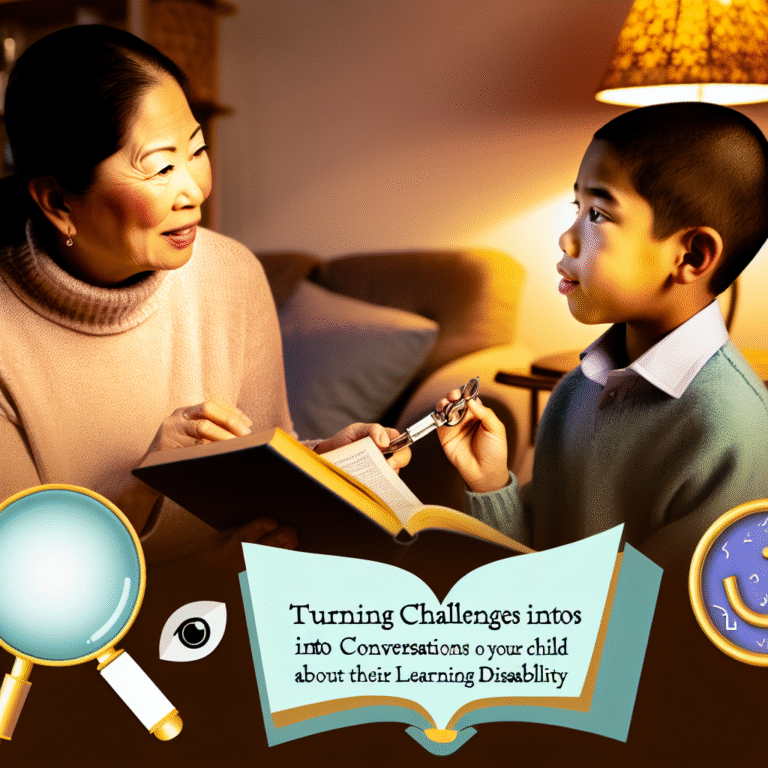
Introduction
Sibling rivalry is as old as time, often seen as the inevitable byproduct of growing up with others. The myths surrounding sibling rivalry portray it as nothing but a battlefield, filled with jealousy and competition. However, what if we could transform this dynamic into an opportunity for growth and bonding? In this article, we will explore "Navigating Sibling Rivalry: Strategies for Parents to Foster Harmony." We’ll delve into effective techniques that not only diminish conflict but can also help deepen relationships between siblings, forging connections that last a lifetime.
Understanding Sibling Rivalry: The Roots and Realities
What Is Sibling Rivalry?
Sibling rivalry manifests in various forms: from minor spats over toys to significant conflicts that can last for years. Research indicates that 85% of siblings experience conflict regularly. But rather than a curse, this rivalry can be a form of natural competition, honing important social skills like negotiation, empathy, and conflict resolution.
Why Does It Happen?
The roots of sibling rivalry often lie in:
- Parental Attention: Siblings may compete for their parents’ attention and affection.
- Individual Identity: Each child seeks to carve out their unique identity, which can lead to jealousy.
- Resource Scarcity: Limited resources (toys, time, or parental attention) often create friction.
Case Study: The Johnson Family
Consider the Johnson family, where two siblings—Emily and Jake—frequently find themselves embroiled in arguments. The parents notice that the conflicts arise when they are busy with work, leaving the siblings to navigate their interactions independently. Reflecting on this, the parents implemented intentional "family time" activities that renewed the siblings’ connection and reduced conflicts.
Summary
Recognizing the sources of sibling rivalry can empower parents to foster a harmonious environment.
Strategies for Navigating Sibling Rivalry
1. Promote Individuality
Encouraging each child to pursue their interests helps reduce competition. Celebrate accomplishments, no matter how small, to boost self-esteem.
Table 1: Individual Interests vs. Competition
| Activity | Child 1 | Child 2 | Outcome |
|---|---|---|---|
| Sports | Soccer | Ballet | Both feel accomplished |
| Hobbies | Painting | Coding | Unique identities fostered |
2. Teach Problem-Solving Skills
When conflicts arise, encourage your children to express their feelings and collaborate on solutions. This approach reinforces teamwork.
Case Study: The Smith Siblings
In the Smith household, sibling arguments often escalated quickly. The parents decided to introduce a weekly "family meeting" where siblings could air grievances and collaboratively brainstorm solutions. Over time, Emily and Lucas learned to mediate their disputes effectively.
3. Foster Teamwork
Engage siblings in cooperative activities, such as team-based games or shared chores. Cooperation builds bonds and mitigates rivalry.
4. Set Clear Expectations
Outline behavioral expectations and consequences for conflict. For instance, if one sibling disrupts the other, a time-out can encourage reflection.
5. Balance Attention
Be conscious of how you distribute attention among your children. Ensure that both feel valued and acknowledged.
Visual Aid: Parental Attention Distribution
| Child Name | Quality Time Spent | Conflict Level |
|---|---|---|
| Child A | 5 hours/week | Low |
| Child B | 1 hour/week | High |
6. Model Empathy and Respect
Demonstrate empathetic behaviors in your daily interactions. Children learn by imitation, so your behaviors set the tone for theirs.
7. Encourage Conflict Resolution
Teach kids to express their feelings without aggression. They should learn to use "I feel" statements to communicate effectively.
Navigating Specific Scenarios
Handling Age Differences
Age gaps can complicate sibling dynamics. Tailor your approaches to fit the maturity levels of each child.
- Younger Sibling: Encourage the older sibling to take on a mentoring role.
- Older Sibling: Remind them to be patient and considerate.
Addressing Gender Dynamics
If there’s a noticeable difference in interests based on gender, create an inclusive environment where all interests are showcased.
Conclusion
Navigating Sibling Rivalry: Strategies for Parents to Foster Harmony is about transforming conflicts into opportunities for growth. By implementing the strategies discussed, you can create a nurturing environment that encourages cooperation and strengthens sibling bonds. It requires patience and commitment, but the rewards are undeniably worth it—a home filled with laughter, camaraderie, and deep connections.
FAQs
Q1: How do I know if sibling rivalry is normal?
A: It’s normal for siblings to conflict occasionally. However, if arguments escalate to emotional or physical harm, seeking professional guidance may be advisable.
Q2: How can I reduce competition between my kids?
A: Focus on promoting individuality and teamwork, celebrating each child’s unique accomplishments.
Q3: What are some age-appropriate conflict resolution strategies?
A: For younger children, use simple language and role-playing scenarios. For older children, encourage them to articulate their feelings and negotiate solutions.
Q4: How can I handle favoritism?
A: Make a conscious effort to distribute your time and attention evenly among your children. If favoritism occurs, acknowledge it and communicate openly.
Q5: How can I reinforce positive behavior?
A: Recognize and reward positive interactions between siblings. Use verbal praise or small rewards to reinforce harmonious behavior.
By applying these strategies and insights, you are well on your way to fostering harmony in your home, transforming sibling rivalry into rich, supportive relationships.














